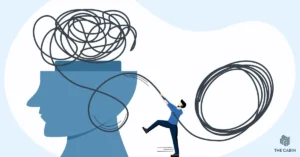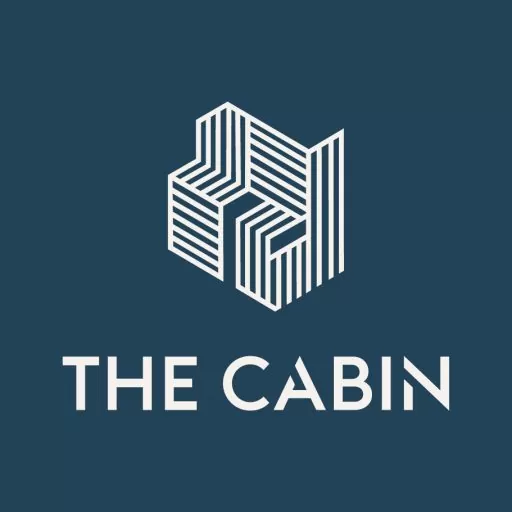GHB is commonly known as the ‘date rape drug’, but it is also a favourite party drug and bodybuilding supplement, and the results can be deadly when abused. Here we discuss the effects and risks of GHB, as well as how to spot an overdose.

GHB was responsible for over 600 ambulance attendances in the metropolitan Melbourne area in 2013 and 2014 alone. A common drug for many in the party scene, most users are not aware of its dangerous side effects. GHB addiction treatment has seen sharp increases year on year. Just what are the effects and risks of ‘G’?
What is GHB?
GHB or Gamma Hydroxybutyrate (C4H8O3) is a nervous system depressant. It is a naturally occurring metabolite of the inhibitory neurotransmitter gamma-aminobutyric acid (GABA), found in the brain. Of course, the levels of natural GHB present in the brain are much lower than they become under the influence of the drug.
GHB is commonly known as the ‘date rape drug’. This is because it is colourless, odourless and almost tasteless it can easily be slipped into anyone’s drink without their knowledge, causing them to lose consciousness and become the perfect target for rape.
But what many people may not realise is GHB’s popularity as a club drug. In many cases, users knowingly consume the drug, often mixed with alcohol or other fluids, either in one quick dose or sipped throughout the night to obtain the desired effects.
GHB as a Pharmaceutical Medication
The sodium salt of gamma hydroxybutyrate has been used in the creation of a brand name prescription drug, Xyrem (sodium oxybate). Xyrem is prescribed for those who suffer from narcolepsy – a disorder that causes excessive sleepiness and daytime sleep attacks. Due to the high abuse rate and addictive nature of Xyrem, it is considered a Schedule III controlled substance, and patients prescribed the medication in the US must enrol in a restricted access programme.
Who Uses GHB, and How?
Most GHB users try the drug for the first time at around 20 years old. It is often used in rave and club scenes for its intoxicating effects. This is the most common use of GHB.
As previously mentioned, GHB effects can cause an unsuspecting victim to become incapacitated quickly, without being able to detect the drug in their drink, and become unable to resist sexual assault. A high dose of the drug is strong enough to knock someone completely unconscious, and they will remain that way until the drug has passed through their system completely many hours later.
Bodybuilders are also known for abusing the drug to help stimulate muscle growth. Some research shows that GHB can stimulate hormone growth, in turn causing faster muscle growth. In other cases, those taking bodybuilding and weight loss to the extreme with pills containing ephedrine will use GHB to counteract the speed-like effects of ephedrine, offering them a chance at a restful sleep due to GHB’s sedative effects. That is, of course, until the regular consumption spirals out of control into a dangerous addiction.
How Does GHB Make You Feel?
The most desired short-term effect of GHB is euphoria which includes a sense of relaxation, loss of anxiety and the ability to enhance one’s mood and social abilities. These sought-after effects, however, also come with some scary side-effects, such as:
- Amnesia
- Lack of inhibitions
- Nausea
- Dizziness
- Drowsiness
- Agitation
- Blurred vision
- Unconsciousness
- Slowed breathing
Long-Term Effects of GHB Abuse
Whether taken recreationally or as prescribed by a doctor, GHB can cause a wide variety of symptoms:
- Difficulty concentrating
- Hallucinations
- Slurred speech
- Headaches
- Amnesia
- Respiratory depression
- Mouth sores and infections
- Cardiovascular collapse
- Muscle pain
- Extreme anxiety
- Seizures
A Deadly Cocktail: Mixing GHB with Alcohol
Because GHB is often consumed in party settings, it is common for users to mix it with alcohol. However, when GHB and alcohol are combined, it can be very difficult to determine exactly what dosage was taken. Because both are sedatives, when they are combined in large amounts it can cause coma or even death. An individual who has consumed both GHB and alcohol will first feel the intoxication of the drink, followed by drowsiness brought on by the GHB. Extremely high doses can result in the user falling into a deep sleep from which they never awake.
Signs of GHB Overdose
It can take up to a full hour for the peak symptoms of GHB to be felt, making it more likely for users to take an additional dose, thinking they have not taken enough to achieve the desired effects. Mixing GHB with alcohol amplifies both drugs’ effects – the two combined can be overwhelming for the body and can cause an overdose which is very dangerous and often deadly. Symptoms of GHB overdose include:
- Excessive drowsiness (to the point that an individual may find it difficult to keep their eyes open)
- Unconsciousness
- Coma
- Muscle spasms
- Disorientation
- Vomiting
- Slowed or stopped breathing
If you or someone you know is experiencing any of the above symptoms, seek medical assistance immediately.
GHB Addiction
GHB addiction occurs after regular or prolonged use of the drug. Symptoms of addiction include cravings for the drug, continued use of the drug despite obvious negative consequences, health problems, relationship issues, problems at work or school or withdrawal symptoms when the user is without the drug for any length of time. Withdrawal symptoms can include anxiety, excessive sweating, tremors and the inability to sleep or eat.
If you or someone you know is suffering from addiction to GHB, help is available.
GHB Addiction Treatment
For those who are experiencing negative consequences in their life due to GHB use, involvement in a qualified addiction treatment programme can aid in not only ceasing dependence on the drug, but also in gaining a new outlook on life.
At The Cabin Chiang Mai, we use a combination of cognitive behavioural therapy, 12 Steps methodology, mindfulness and physical therapy to form a unique, comprehensive and effective addiction treatment programme that currently boasts a 96% completion rate.
Addiction is a chronic disease, meaning that it will only get worse over time when left untreated. That is why it is so important to seek help for your or your loved one’s addiction as soon as
Contact us today for a free assessment to see how we can help you or loved one heal their addiction and get back on the path to success.








